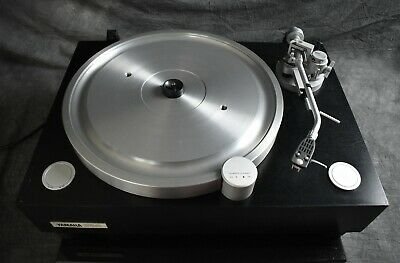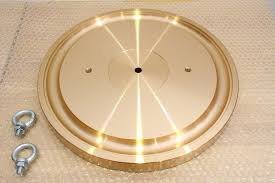Any idea about the exact motor type? The current model says it has a 3 phase, 8 pole, outrunner (external rotor) design that uses a microprocessor controlled feedback loop. Don't know if that is only the newest models or how far back in time that goes...how old is yours?And about the same as SME.
I think it is important to note that they are not just relying on a clean 50Hz AC with a synchronous motor...they are doing something significantly more advanced.
Funny thing was, I had a friend with a 20/2 (not sure the age) and when I first got my Allnic Speednic we measured it and found that it was not very accurate (but it was adjustable) but that with a record playing we could visibly see some fluctuations in the speed (the Speednic can be used while playing a record...quite useful to see if needle drag is affecting your speed). I think this was an older model so it could have less sophisticated motor and speed control than is current or yours...so I don't think it can necessarily be reflective of your TT.
We tried this on other TTs and only the SME was so visibly changing (others tried: Yamaha GT-2000, Voyd "The Voyd", Transrotor Turbillon with decoupled magnetic drive, Lenco L75, Luxman PD-444, Reed 1C in rim drive mode) but the Transrotor need some adjustment to get the speed correct...then it was stable under load.








